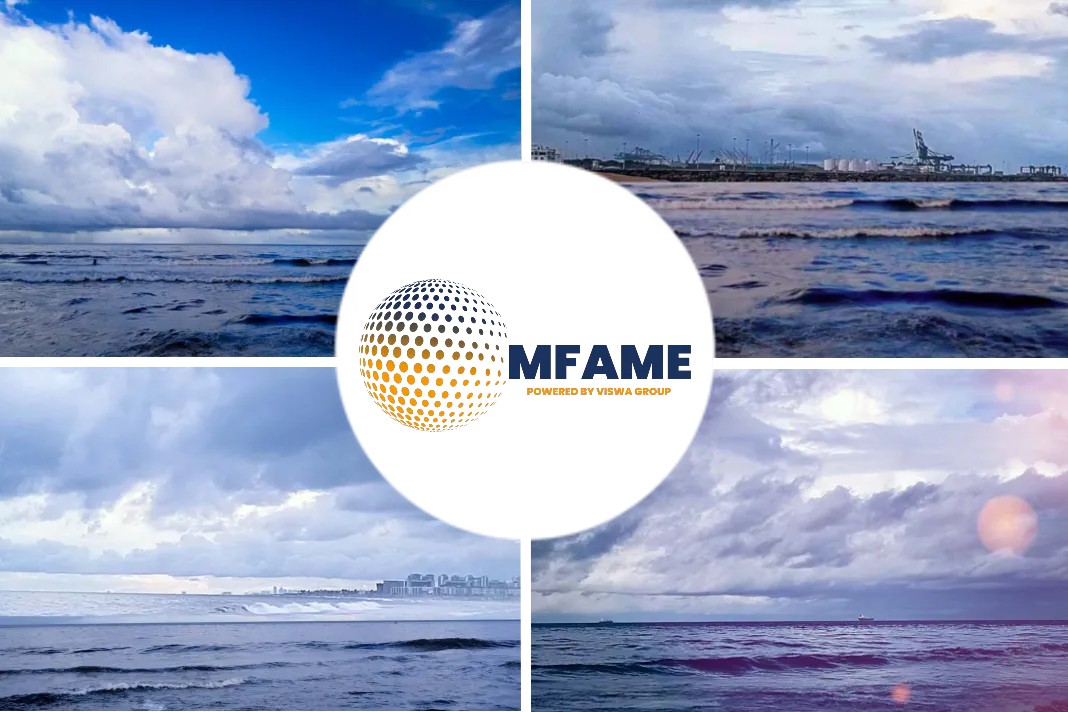
Containership deployment trends continue to evolve, first as liners reconsider where best to profitably deploy their assets, and second as less-disrupted supply chains continue to ‘right-size’ the relationship between teu trade volumes and required vessel deployment. But beyond the desire to manage capacity against cargo demand, the wider impact of the industry’s highest-profile divorce is becoming clearer, reports The Loadstar.
2M Alliance
As we approach the six-month anniversary of the announcement by Maersk and MSC that they would end the 2M Alliance, it is worth considering how these changes might impact demand for different sizes of ships in the years ahead.
MSI’s conclusion – which applies to the wider alliance system and not just 2M – included in its most recent quarterly report, is that a period of greater instability within the alliances is likely to encourage greater recourse to feedering and transhipment.
In terms of the 2M partners, given the scale of MSC’s orderbook, it seems more likely that the tough decisions around offering direct connections versus feedering are going to arise for Maersk, and this will have implications for the number of sizes of vessels it needs to operate. To recap, the 2M covered a selection of services on three routes: Far East-Europe, Far East-North America and Europe-North America.
On the Far East-Europe trade, it seems unlikely that Maersk will be able to maintain equivalent port coverage as a standalone operator. If we are right, this will lead to either greater dependence on transhipment, or else ad hoc co-operation with other alliance carriers.
To put some rough numbers behind this point, at present the 2M Asia-Europe network covers 14 ports in the Far East, 26 ports across North Europe and the Mediterranean and six wayport destinations in the ME/ISC region. If we just focus on maintaining direct connectivity with those import ports (and assume the number is 25 after, eg, cutting one of the ports around Istanbul), then if you can cover five separate ports with each service, you would run five services. If those services turn in 12 weeks (so 12 ships per service), that means you need 60 ships.
Maersk currently operates 56 15,000 teu+ ships across all services, and has a further 21 on order (18 of its own and three to be chartered from Seaspan). While at first glance this may seem like it is possible to make the numbers work, that pool of capacity will also be required across the transpacific, Asia-Middle East and, potentially, certain north-south trades.
In practice, the numbers would be somewhat different. On the one hand an operator is unlikely to only want to call at (eg) Rotterdam once across the entire network. On the other, Maersk on its own may not have the volumes that would warrant a direct call at some smaller ports. So, on a net basis, it does seem that a key impact of the end of the 2M Alliance in Europe will be greater need for transhipment either across Maersk’s own shortsea network or via common carriers.
Transpacific trade
On the transpacific trade it’s a somewhat different picture, especially since the Jones Act and the geography of North American ports mean that transhipment is a less-viable option to maintain broader port coverage. In practice, Maersk and MSC’s network on this trade has already started to de-couple, with Maersk providing a clear majority of the vessels (80:20 split) on the outstanding 2M services, and with both MSC and Maersk more recently launching their own non-alliance services instead.
While Maersk will not necessarily need to replace all of the vessels currently operated by MSC, MSI’s conclusion is that the 2M divorce will increase the importance and requirements of 8,000-10,500 teu ships for Maersk. A similar picture emerges on the Europe-North America trades, but the main differences here are first, that Maersk’s service offerings outside of the alliance are very limited, and second that MSC provides a majority of the capacity on the alliance services (18 ships in total, average size 8,353 teu, versus 16 ships from Maersk, average size 6,391 teu).
Unless Maersk partners with other lines, it will need to replace missing MSC ships to maintain port coverage and market share. These ships are likely to be smaller mid-size units.
As a final observation, while the alliances are just one form of vessel-sharing agreement – and in practice the extent of capacity pooling and measures of market share concentration can actually be higher on trades where the alliances are not in operation (in particular north-south Latin America trades) – it seems unlikely that the industry could replace the efficiency and breadth of coverage offered by the alliances with the use of non-alliance VSAs.
To our mind, the fact that the alliances force a range of different carriers to sit down once a year and really try to optimise their network must lead to greater efficiency than many different ad hoc VSAs, and – all else being equal – without the alliances, the sector would need either a larger number of services in operation or more feedering to maintain port connectivity.
Did you subscribe to our daily Newsletter?
It’s Free! Click here to Subscribe
Source: The Loadstar






















